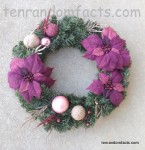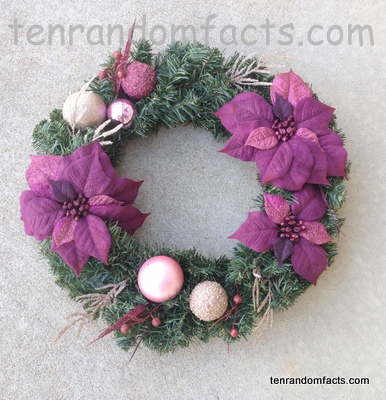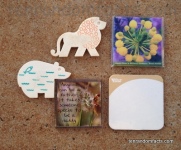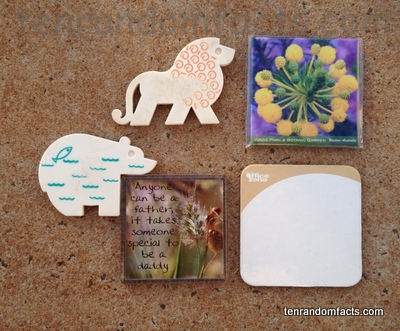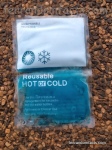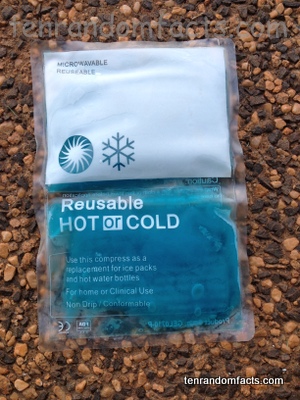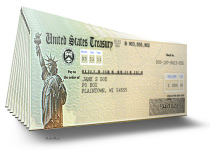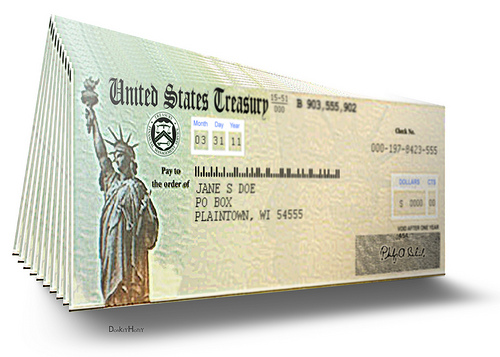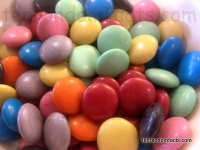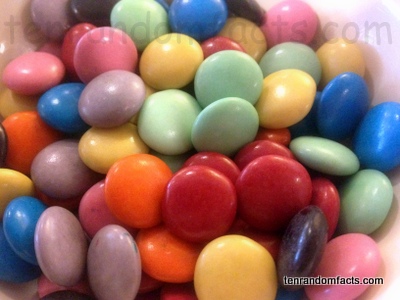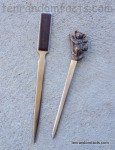
One of the most decorated desk items – the paper knife.
- A paper knife is an item used in a similar way to a typical knife, but is used to cut open folded papers, like envelopes and pages in a book.
- ‘Paper knives’ are also known as ‘letter openers’, although originally they differed in appearance and purpose.
- Paper knives typically consist of a blade and a handle, sometimes made of one material; and the blade is generally flat and blunt.
- Paper knives became popular by the 1800s, when it became the norm to own the object as a standard desk item.
- A paper knife commonly has a blade made from metal, like stainless steel, however the whole letter opener can also be made from ivory, wood or plastic, that is thinned out in the blade area to make it suitable for slitting paper.
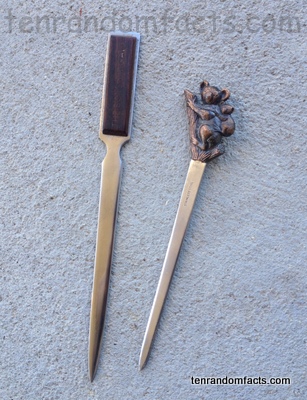
- Paper knives were used in Europe from the 1700s to open book pages that were not cut during the manufacturing process, and they replaced pen knives that were typically used to sharpen a quill, as pen knives would cut the paper inaccurately due to their very sharp blade.
- Martin Luther King, Jr. was stabbed by Izola Curry, using a paper knife in 1958, ten years before he was assassinated, and the knife had to be surgically removed.
- Paper knives were not used to open envelopes until the mid to late 1800s, and they were manufactured specifically for this purpose with a narrower and pointier blade than the original paper knives.
- The handle of a paper knife is commonly ornamental, featuring an aesthetic pattern or sculptured depiction.
- The primary concept of a paper knife has been translated into electronic machinery, that functions in much the same way.
Bibliography:
Kane K, A Paper Knife was not a Letter Opener, 2013, The Regency Redingote, http://regencyredingote.wordpress.com/2013/05/24/a-paper-knife-was-not-a-letter-opener/
Paper Knife, 2014, Wikipedia, http://en.wikipedia.org/wiki/Paper_knife




